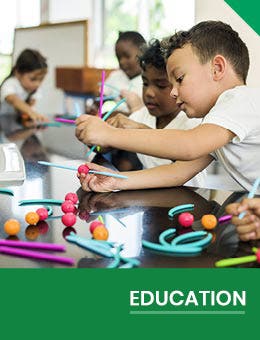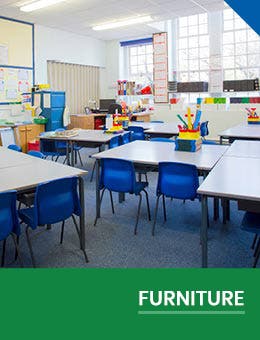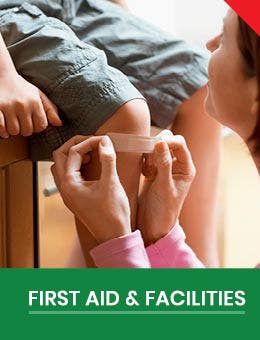Four ways to make students more confident in the classroom (and in life).

When we think about education in a traditional sense there has always been a strong focus on the development of ‘hard skills’, measurable abilities such as reading and writing. However, as we move toward a more interconnected society the development of ‘soft skills’ such as emotional and social intelligence have become equally important.
When students acquire healthy levels of self-confidence in an academic space they are better equipped to deal with the inevitable stressors that arise as they transition into their adult lives and into complex and dynamic workplaces.
Instil Resilience/ Growth Mindset
If you are part of the education industry you’ve probably heard these terms mentioned recently. Both concepts are predicated on the idea that as educators it is more beneficial to guide (not give) our students' answers.
If your students have a problem or question simply handing them a resolve can rob them of resilience, their own ability to overcome obstacles. Young learners benefit from understanding it is normal to not have all the answers and that failure in this pursuit is part of the process. Similarly, it is through this overcoming of obstacles that students begin to realize a growth mindset - that their basic abilities can be developed through dedication and hard work.
Encourage Questions
From the outset it seems like an obvious point, but the research continues to show students are often uncomfortable seeking help, even more so, in front of their peers. They might be shy, afraid of asking questions already covered, think they should know the answer – the list goes on. Making yourself available and setting aside time dedicated to questions are all easy ways to get students flexing their confidence muscles. It will also begin to normalize the practice of critical thinking (their ability to evaluate) an invaluable skill for 21st-century students. If you have younger students Show -Me Boards are also a great way to begin developing this practice, particularly with students who have trouble vocalizing their opinions > https://bit.ly/2VCTq4Q
Let your students make decisions
Similarly, if students are made responsible for making choices at a young age, it allows them to gain confidence in their own good judgment. Giving your students options is an easy way to start exposing your students to these skills in a low-risk format. For example, don’t ask your students how they want to be seated in the classroom, give them options, in the process you may uncover a much more engaged student.
Preparation
Whether it’s a textbook, podcast or web article giving your student exposure to the material before they enter the classroom will make it much easier for them to follow along with what you are trying to teach. This background knowledge will also make your students more comfortable contributing when holding class discussions, an invaluable part of their development. Similarly, where possible, provide past material. This is a great way to ease your students into new ideas and will decrease any uncertainty as they approach foreign concepts. Understanding what happened in previous classes will also make it much easier for them to make connections to new material.














